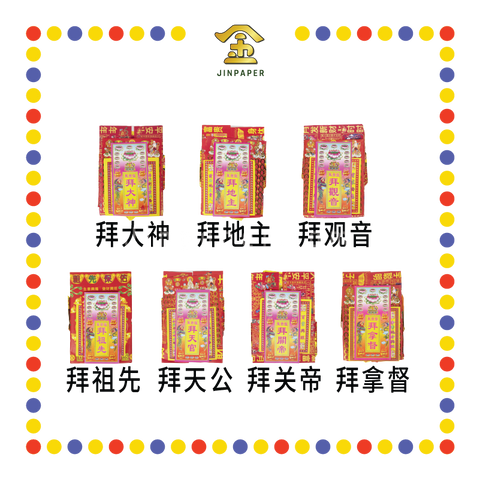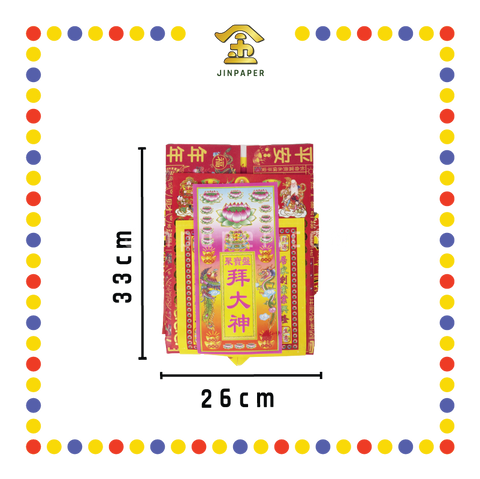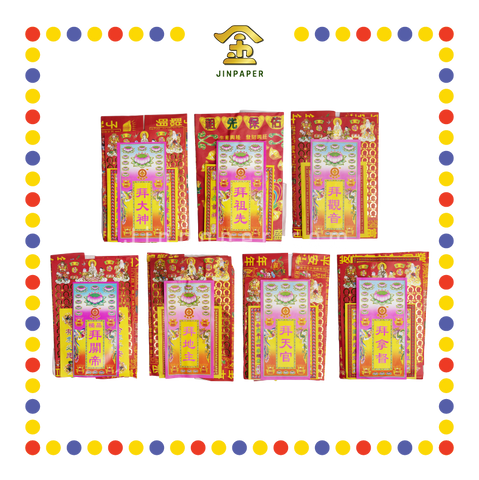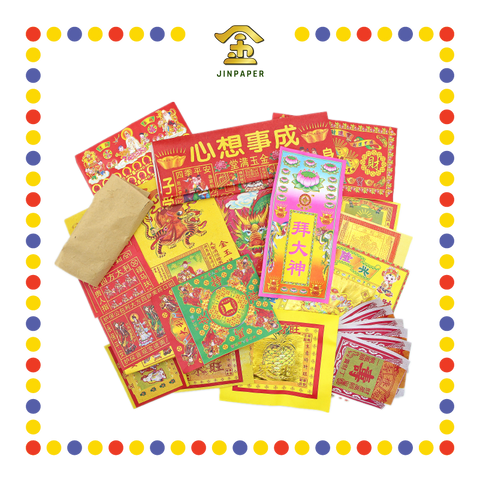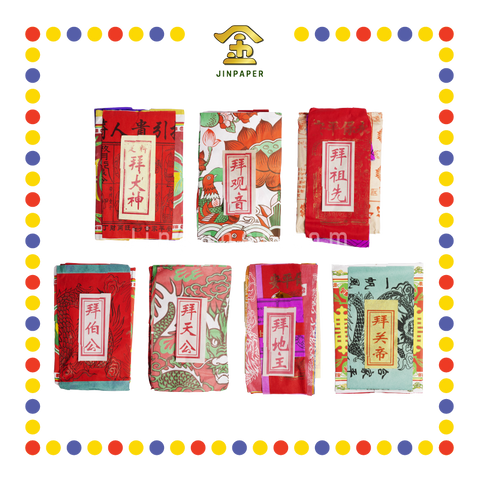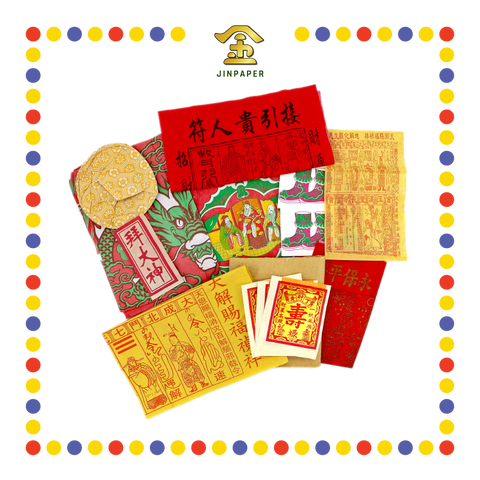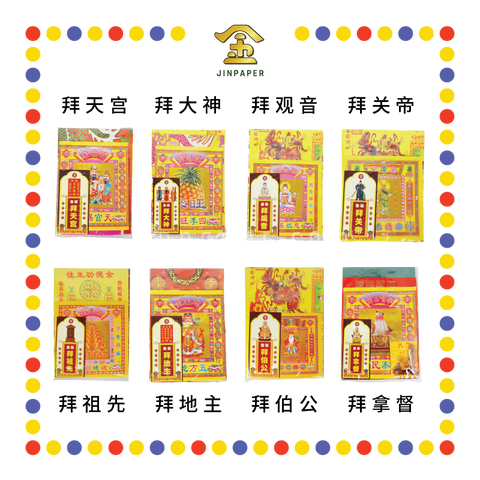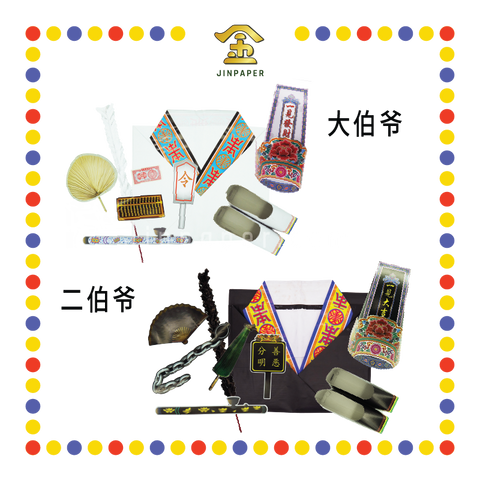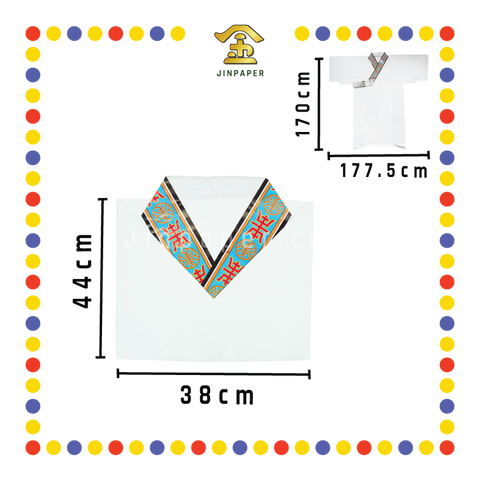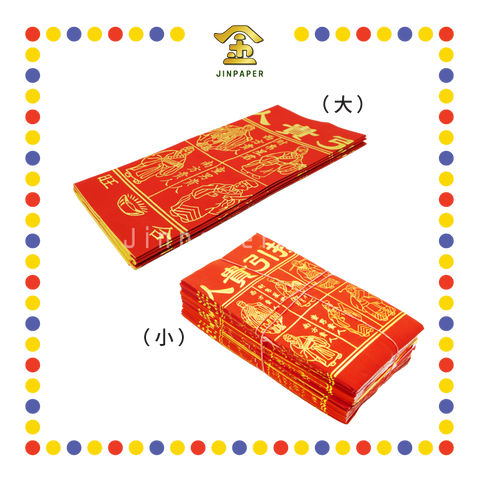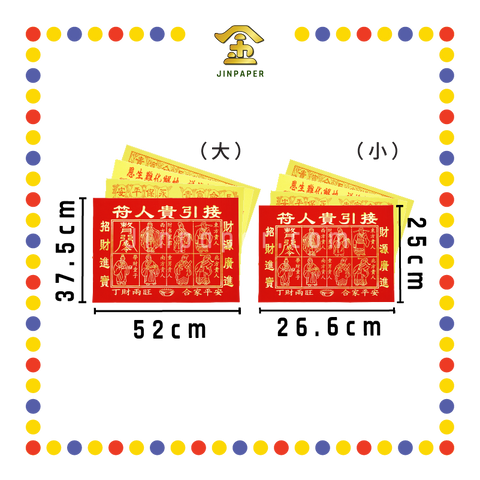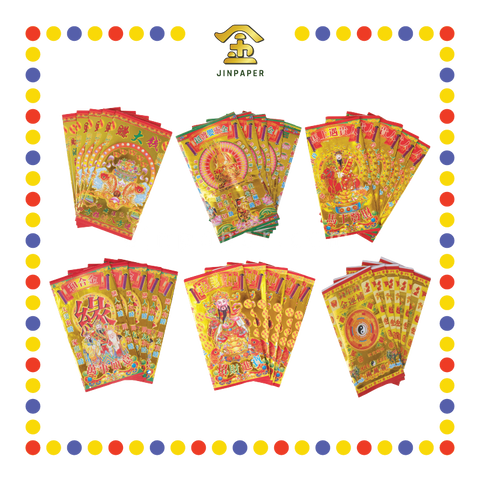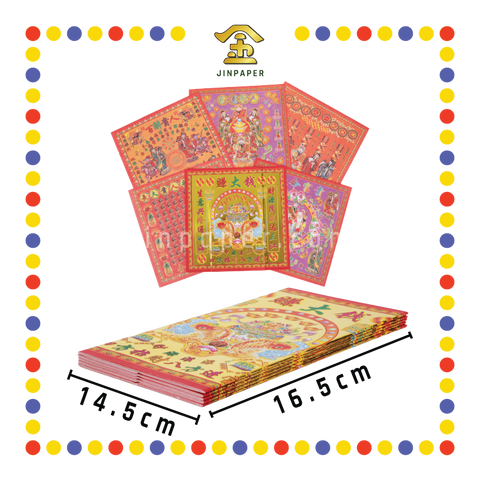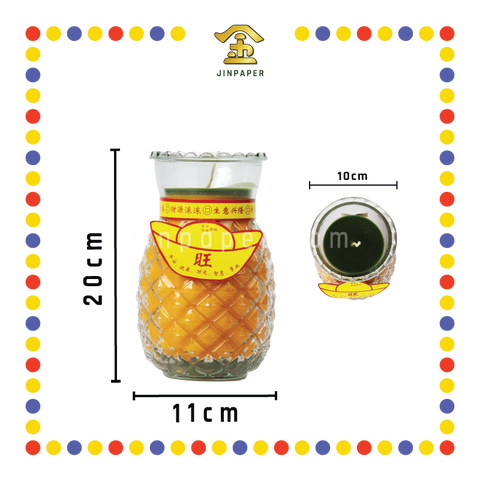Chinese New Year's Eve - History, Foods & Traditions: A Complete Information

Chinese New Year's Eve - History, Foods & Traditions: A Complete Information
Every Chinese New Year season, festivities abound, and with good reason. The coming of a new year symbolizes new beginnings, fortunes, and opportunities. It also marks the end of a year of labor, hardship, obstacles overcome, and growth.
The most widely celebrated holiday for Chinese families from around the world, Chinese New Year is arguably also the most strictly observed in terms of rituals. Some folks still frown on those who choose to wear black on this occasion, believing it’s a sign of bad luck.
Festivities begin on Chinese New Year’s Eve, where families near and far will gather for a reunion meal. The entire Chinese New Year period lasts around 2 weeks, and each day possesses its own significance, depending on what you believe in. While there’s a lot to talk about, we’re just going to cover the most important nuggets that you’d want to know outside of just wishing someone a Happy Chinese New Year’s Eve.
History of Chinese New Year’s Eve
Chinese New Year’s Eve first started over 3000 years ago during the Shang Dynasty. At the time, it was common practice to sacrifice livestock to pay tribute to deities and departed ancestors at the year’s end.
During the Zhou Dynasty shortly after, the word ‘nian’ (Year) became popularized, along with certain religious customs. Some of these, like the pasting of menshen portraits — guardian deities that protect a household — are still practiced in some families to this day.

Menshen portraits are believed to keep evil and misfortune at bay. Source: ChinaTourStar
The word ‘nian’ is also used when referring to the mythical creature that’s known for causing much destruction; it would eat all in its path — pigs, cows, crops, and even humans. Shaped like a lion with a horn growing on its head, Nian was notorious for devastating farmlands and terrorizing the local townsfolk in its wake. Curiously, Nian only attacked during the end of the year, and left the people alone during every other time.
One year, an old man appeared, proclaiming that he had a way to stop Nian. Skeptical, the people ignored the old man, and hid themselves in the mountains come nightfall, as they did every year. When Nian appeared that night, it was ready to destroy all it saw. But just as it was about to strike, it was surprised by a noisy barrage of crackling bamboo on a fire. Nian trembled, but did not falter. However, it soon caught sight of the old man, clad completely in red. This frightened Nian, and it retreated back from where it came.
When the townsfolk returned the next day, they were shocked to find everything still in one piece. The old man greeted them, and it was then that they realized that the being before them was actually a celestial. The celestial advised the townsfolk that Nian is afraid of three things: loud noises, bright lights, and the colour red. Since then, the people would put up red decorations, burn bamboo (the early version of fireworks), and stay up late during Chinese New Year’s Eve. It was believed that these practices help to ward against Nian, which are observed even in the modern day, albeit not for the same reasons as our ancestors.
An official record of the first ever Chinese New Year’s Eve celebration can be found within Lushi Chunqiu, a historical text from the Warring States era. It states that an exorcism was carried out during the year end to expel illness within the borders of Qin, the ruling dynasty then. When Qin later unified all the warring nations of China, this practice became sanctified and spread across the land. Ultimately, this practice was the origin for the custom of cleaning your entire house in the coming days before Chinese New Year that we know of today.
Then in the Jin Dynasty, several practices that we’re likely to be familiar with became commonplace. This included inviting friends and family over to celebrate, known as ‘biesui’, the act of exchanging gifts and wishes was known as ‘kuisui’, and staying up till dawn was called ‘shousui’. ‘Sui’ in this context refers to the ending year, and ‘bie, kui, shou’ respectively defines bidding goodbye, exchanging gifts, and staying awake till daybreak.
Why do the Chinese Celebrate Chinese New Year’s Eve?
Chinese New Year’s Eve is symbolic to Chinese families due to traditional beliefs in leaving the past behind and starting anew. Whatever misfortune and failures encountered in the year before are framed as lessons learned, and families welcome the new year with grace, praying for prosperity while striving to do better.
It is also a time of reunion with loved ones, where we’re given the opportunity to catch up with old friends and distant relatives. After all, what better way is there to start the new year than with your loved ones by your side. During this time, Chinese people would also wish each other a year of good health and fortune. Such blessings are believed to carry weight, and the Chinese people feel confident with the good tidings of their friends and families behind them.
When do the Chinese Celebrate Chinese New Year’s Eve?
The day that Chinese New Year’s Eve falls on depends on the lunisolar calendar. The lunisolar calendar marks the passing of time based on the moon’s phases as well as the position of the sun in the sky. In the case of Chinese New Year’s Eve, the day is marked by the second new moon after the winter solstice.
In Gregorian calendar terms, Chinese New Year’s Eve can fall anywhere between January 21 and February 20.
How do the Chinese Celebrate Chinese New Year’s Eve?
As with any Chinese celebration, the work starts way before the event itself. For Chinese New Year’s Eve in particular, this means doing a thorough cleaning of your house. Chinese people are adamant that cleaning should be done no later than on Chinese New Year’s Eve itself, as they believe that cleaning, or even the sight of cleaning supplies such as brooms and mops during New Year’s, is a sign of bad luck. It is often said that doing so will ‘sweep’ the luck away, and it is why we must do all our cleaning before Chinese New Year.
This refurbishing of your household doesn’t just apply to cleaning; it can also mean throwing away or repairing any old furniture. Generally, any repairs or replacement of any component of your house should be completed by Chinese New Year’s Eve. This extends to your wardrobe as well. You’ll often see department stores organizing large Chinese New Year sales, promoting traditional festive wear for the occasion. Red is a popular colour of choice for many, and many people would buy samfu and cheongsam in preparation for the first day of Chinese New Year. Chinese people believe that you should wear new clothes in celebration of the new year, and so the weeks preceding Chinese New Year is as good a time as any for a wardrobe change.
No Chinese New Year celebration is complete without decorations, and this is where it begins. The types of decorations used would include lanterns, couplets, menshen portraits, fruit baskets, and many more. Some families would also purchase new decorations in accordance with the zodiac for that given year, while others would simply reuse their decorations from the year before. There are even some who prefer to make their own decorations out of unused red packets. All of the above work perfectly fine, and how you wish to decorate is totally up to your personal preference.
Come the day of Chinese New Year’s Eve, families would gather for a reunion meal. Usually, the location of the reunion dinner is at the house of the most senior member of the family, which can either be the oldest sibling, or the parents’ house. Meal prep would also typically start early in the day. In the old days, people would offer sacrificial offerings to show respect to deities and their ancestors. Things aren’t as gruesome nowadays, and families would simply make food offerings consisting of meat and fruit, along with burning joss sticks.

The reunion meal is a great opportunity for distant families to reconnect and catch up. Source: NDTV
Depending on the locale or the background of your family culture, you may have the practice of making certain dishes. For example, the Cantonese will often make spring rolls during Chinese New Year. This is due to the fact that their cylindrical shape, deep fried till golden brown, bears a resemblance to gold bars. As such, the Cantonese people believe that it is a sign of wealth and prosperity. Dumplings, which look similar to China’s ancient currency of ingots, are prepared and eaten for the same reason. Another popular dish is the ‘nian gao’. ‘Nian’, as we’ve mentioned, means year, while ‘gao’ translates to cake. ‘Gao’ is also phonetically similar to a different Chinese character for tall. Put together, ‘nian gao’ is believed to symbolize making a leap forward, or ascending to new heights, over the year before.
Some other practices include watching the annual Chinese New Year special programs on television, setting off fireworks, and staying up to watch the sunrise.
Conclusion
The heart of Chinese New Year’s Eve lies in having a good time with family and friends. It is a special time of bonding with loved ones, and of celebrating all the past events that happened in the year before. Appreciating both the good and the bad will help you look towards the future with renewed focus, while also cherishing the final moments of the year alongside the people you love.
If you liked what you’ve read so far, make sure to check us out at JinPaper, Malaysia’s number one supplier for Chinese praying materials and rituals. And if you think there’s something we missed out on, or something you’d like to see featured in our next article, let us know in the comments below!


